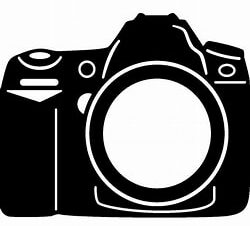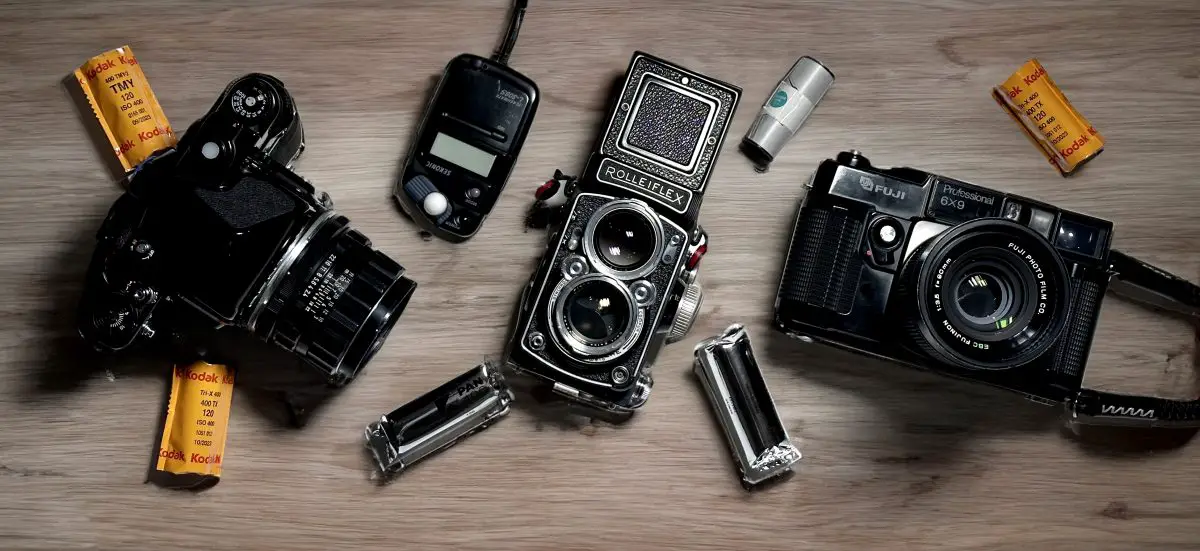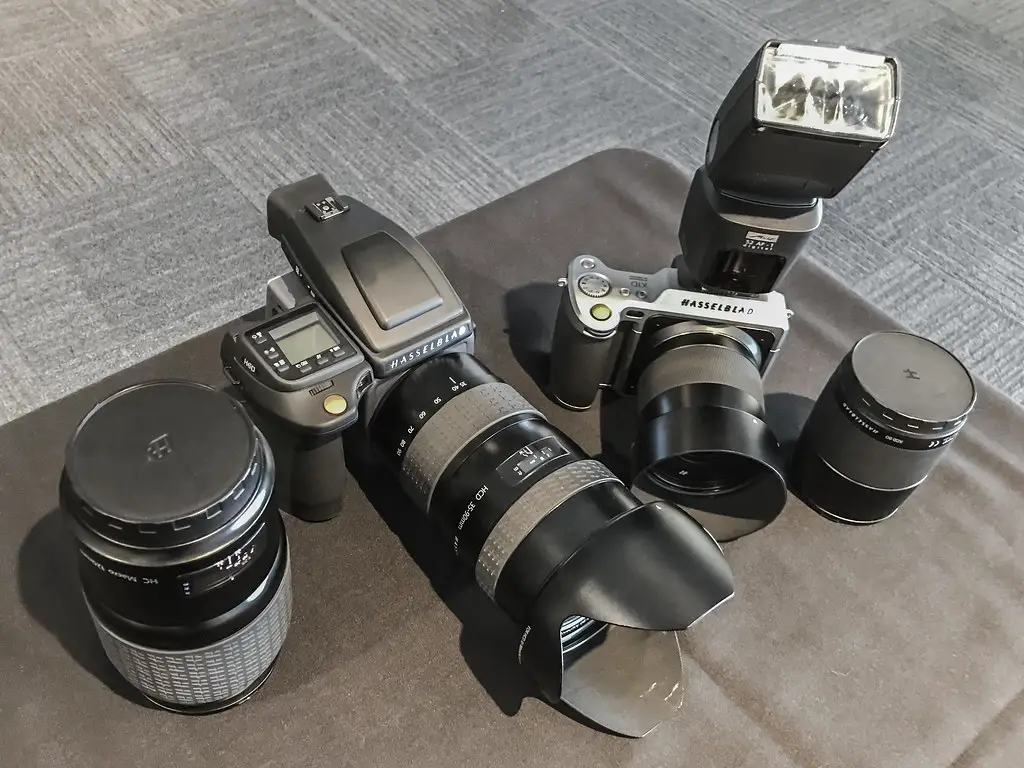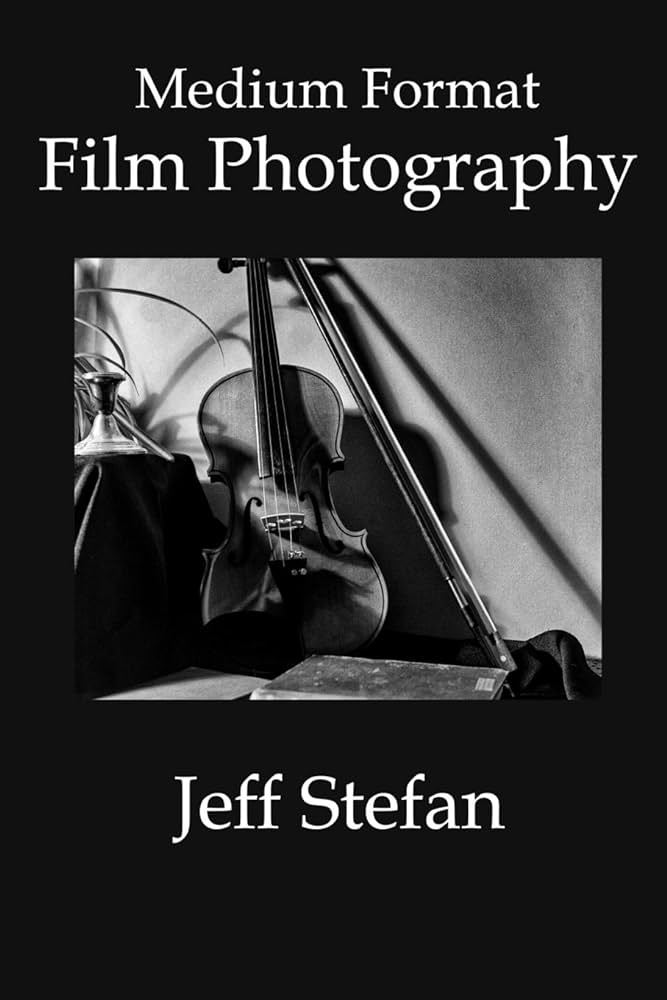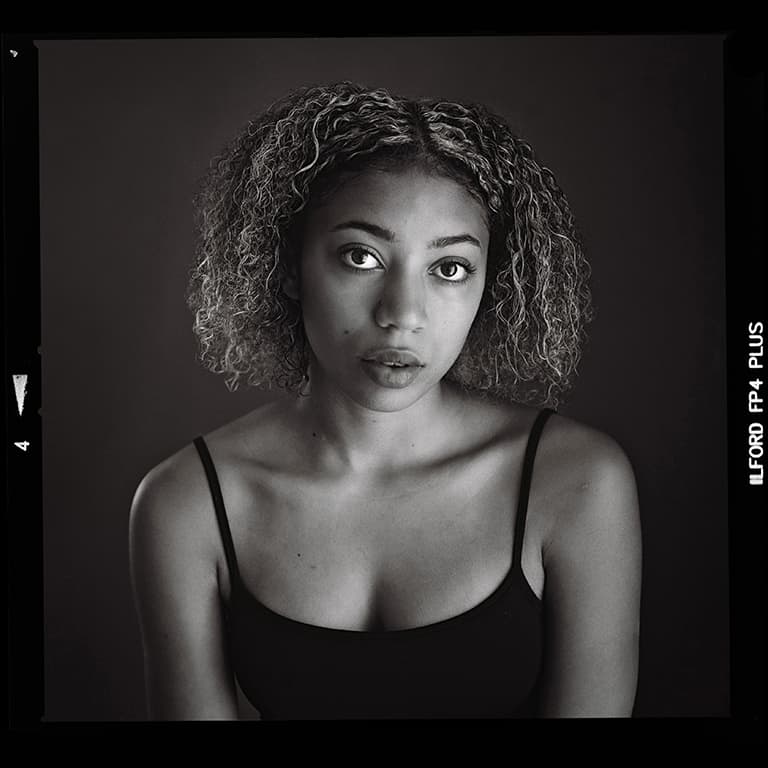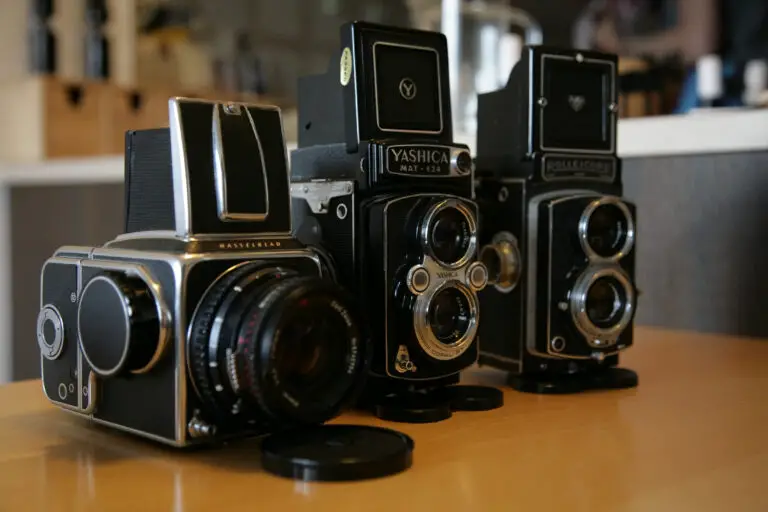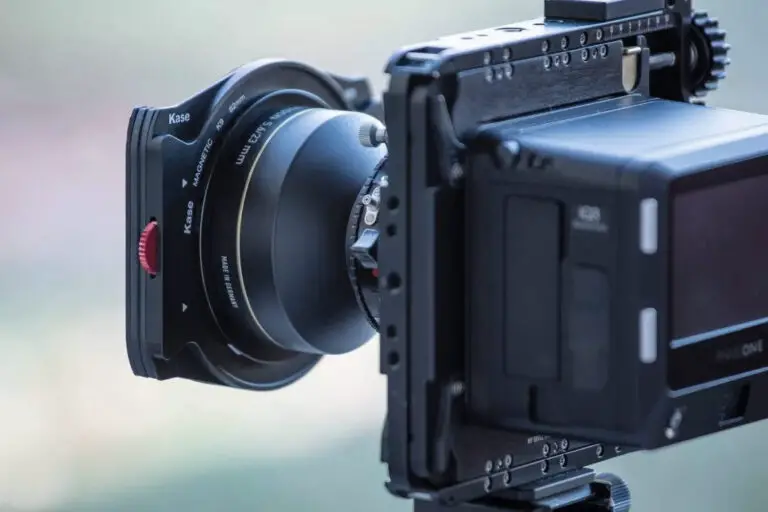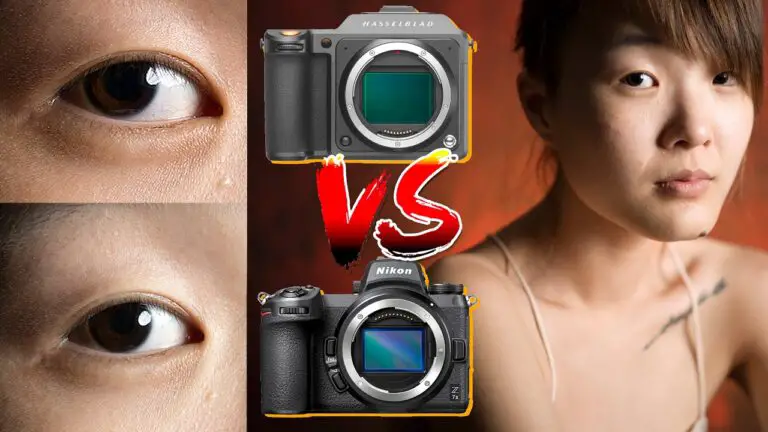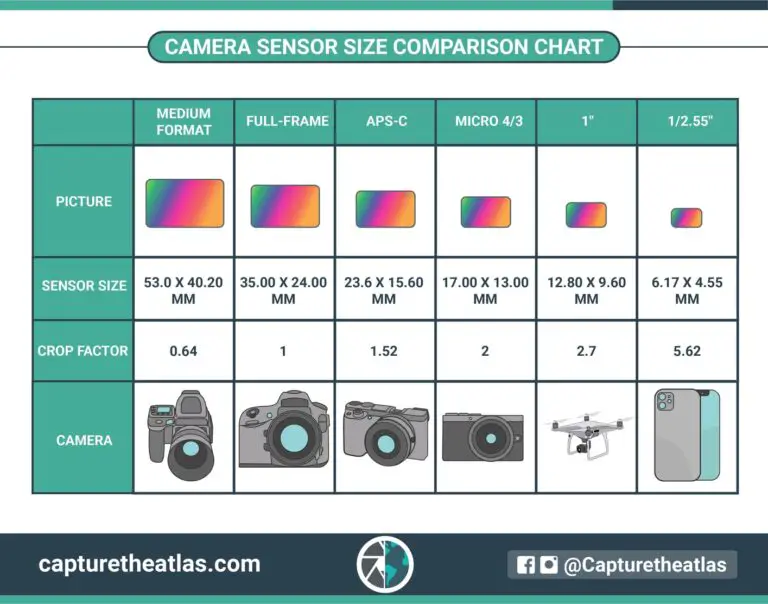“Unveiling the Medium Format: A Beginner’s Guide to High-Resolution Photography”
The digital photography landscape has seen a revolution in image quality over the past decade, and with it, enthusiasts and professionals alike have sought to push the boundaries of their craft. Of the many avenues to explore, medium format photography stands as a beacon for high-resolution images and exceptional detail. Yet, for many beginners, this branch of photography remains undiscovered territory.
In this extensive guide, we will demystify medium format photography, uncover its inherent virtues, and arm you with the knowledge to venture into this fascinating field. Whether you yearn to capture landscapes in their full majesty, or if you simply crave the level of detail and texture that only medium format can offer, this post is your gateway to a new world of photographic exploration.
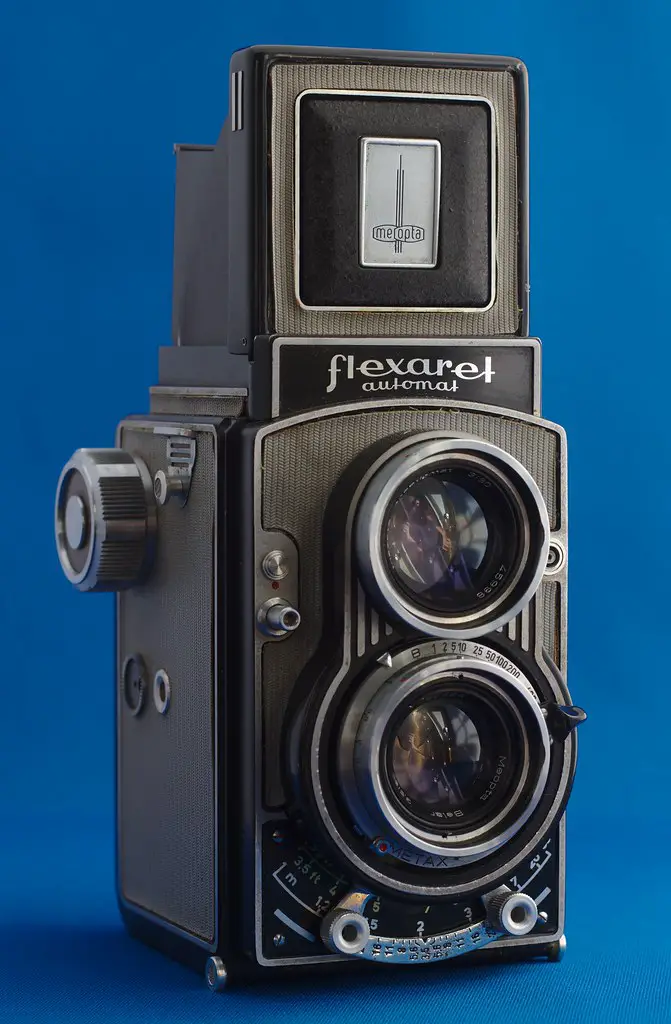
Understanding Medium Format
What is Medium Format Photography?
Medium format photography refers to the use of film or digital image sensors that are larger than those found in 35mm (full-frame) cameras, typically providing a larger aspect ratio. The sensor sizes vary, but their common feature is significantly more surface area than standard full-frame cameras, and this results in higher resolution and better image quality.
The Advantages of Medium Format Over Other Formats
The primary allure of medium format is the substantial increase in image resolution. This allows for more detail, broader dynamic ranges, and the ability to print large, wall-worthy photographs without sacrificing sharpness. The larger physical size of sensors also means that medium format cameras can generally achieve a shallower depth of field, lending a three-dimensional quality to images that is difficult to replicate.
Benefits of High-Resolution Images for Beginners
High-resolution images offer beginners the unique advantage of learning from a high level of detail. Each shot becomes an opportunity not only to capture a moment but to understand the nuances of light, color, and composition. Details leap out at you on a screen or print, offering a clearer understanding of what works and what doesn’t in your photography.
Choosing the Right Equipment
Cameras and Lenses Suitable for Medium Format Photography
When venturing into the world of medium format, your choice of camera and lens is critical. Medium format cameras are available in a variety of types, including traditional DSLRs, rangefinders, and mirrorless models. Each has its strengths and characteristics that can influence your shooting experience. For lenses, the medium format requires larger glass to cover the sensor adequately. Prime lenses offer the best performance, though zoom lenses can provide versatility without sacrificing too much quality.
Accessories and Gear Recommendations
In addition to the camera and lens, several accessories can enhance your medium format photography experience. A sturdy tripod is essential for stabilizing the heavier equipment and ensuring sharp images. Neutral density filters can help manage the increased light sensitivity of the larger sensor. Additionally, investing in a high-quality camera bag that comfortably fits your gear will protect your investment and keep it organized.
Techniques and Tips
Composition Guidelines for High-Resolution Shots
With a wider angle-of-view and a tendency for a shallower depth of field, composition becomes both more forgiving and more critical. The rule of thirds, leading lines, and framing are compositional techniques that are especially effective with the extra detail medium format cameras provide. Take the time to frame your shot carefully, paying attention to small details at the edges of your view and adjusting for the larger area captured.
Lighting Considerations for Optimal Results
Lighting can make or break a photograph, and with the level of detail medium format offers, proper lighting becomes even more crucial. Soft, diffused light works well with this format, as it helps minimize harsh shadows and emphasize the detail in shadows and highlights. Golden hours and overcast days provide some of the best natural lighting for capturing the detail medium format photography thrives on.
Post-Processing for High-Resolution Images
Editing Software Recommendations
The post-processing stage is where you can truly bring out the best in your medium format images. Software like Adobe Lightroom, Capture One, and DxO PhotoLab are popular among photographers for their ability to handle the large file sizes that come with high-resolution photography, as well as offering an array of tools to refine and retouch your work.
Tips for Enhancing and Preserving Image Quality
When editing high-resolution images, it is important to work non-destructively. This means making use of adjustment layers and saving the original files alongside your edited versions. Avoid over-sharpening and be mindful of any noise that may appear, particularly in the shadows. Keep your final composition in mind, as you’ll likely be working with a lot more cropping potential than with smaller formats.
Conclusion
Medium format photography is an awe-inspiring realm for beginners to explore. It offers a unique opportunity to not just capture extraordinary levels of detail, but to learn and nurture your photographic skills. With the wealth of advantages that high-resolution captures present, it’s a domain that beckons for anyone looking to elevate their art.
In conclusion, we encourage you to take the plunge. Borrow, rent, or invest in a medium format camera, and witness the remarkable difference in your photography. The experience and output will be rewarding, and the skills you will build are transferable to any size of format. Remember, photography is about your vision and how you choose to manifest it. Medium format is merely a tool, albeit a powerful one, to help you bring that vision to fruition in the highest detail possible.
